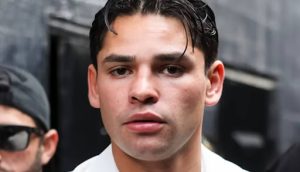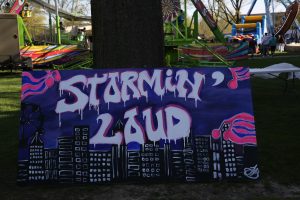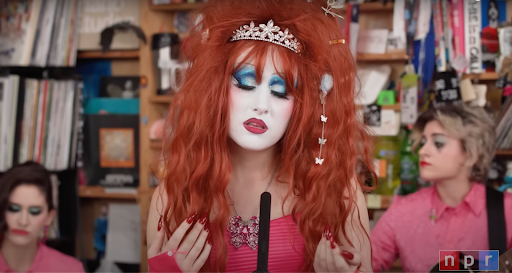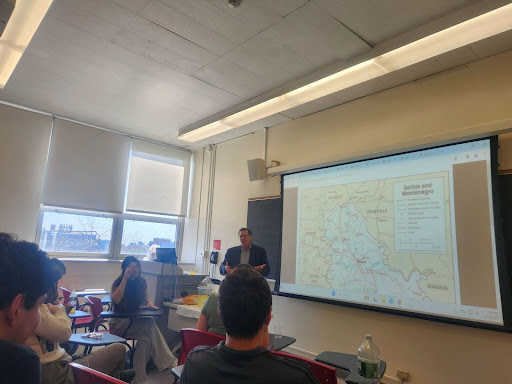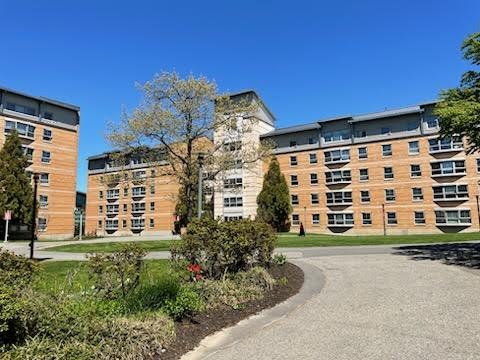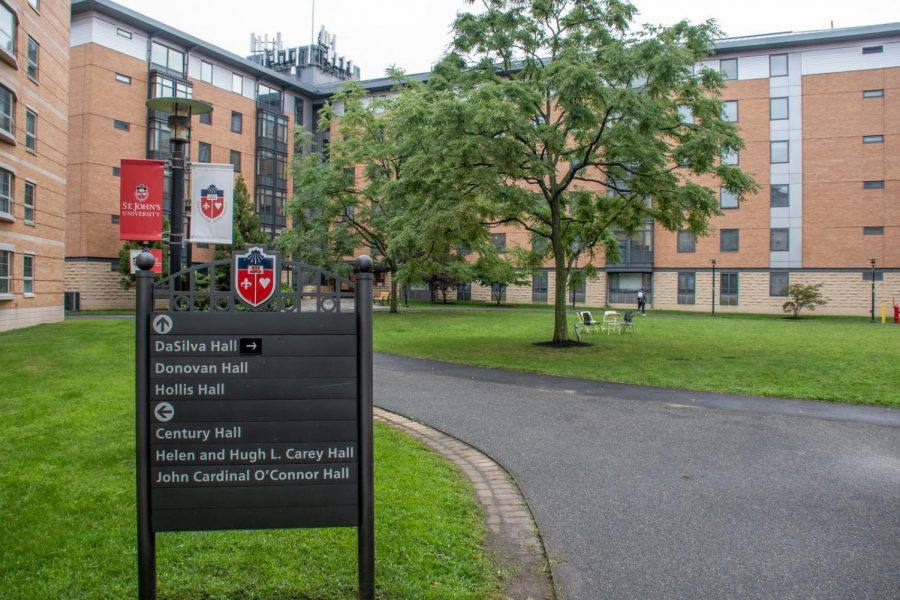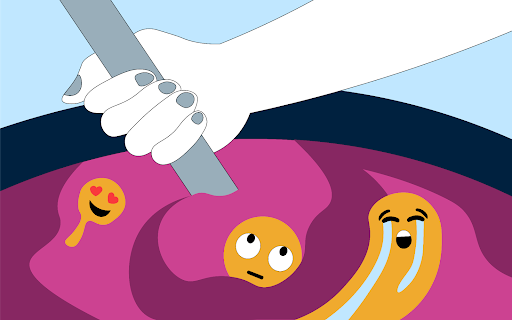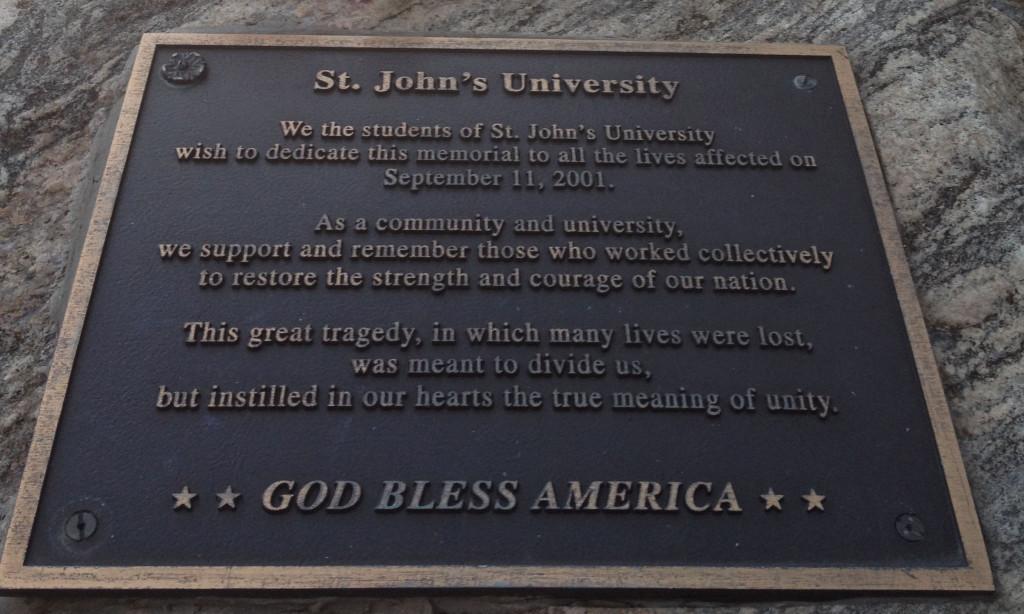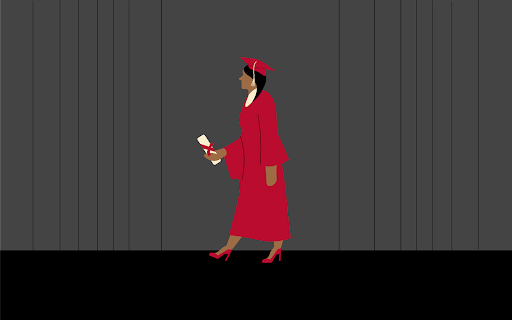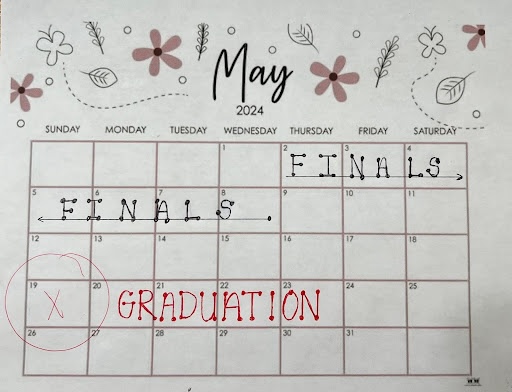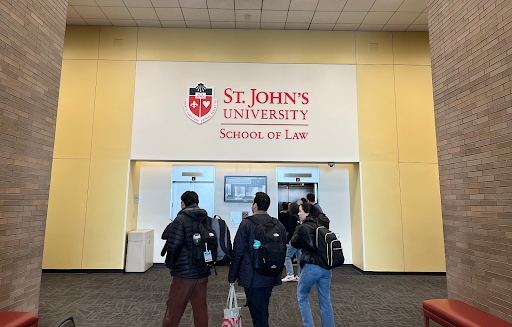Eleven years ago yesterday, 2,996 people lost their lives in downtown Manhattan, Washington D.C., and Shanksville, Pennsylvania in the worst attack on American soil. While many New Yorkers’ lives were forever changed that day, there was a group of St. John’s students whose whole fall semester was turned upside down, as they found themselves in front of the tragedy as members of the St. John’s Manhattan campus on Sept. 11, 2001.
The Manhattan campus sits at 101 Murray St., a mere three blocks uptown from the World Trade Center site. In 2001, everything was starting brand new as St. John’s had just merged with the College of Insurance in June to become the School of Risk Management. The typical transitions that one would expect were taking place. Changes in the residence policies and campus life were underway. A few days into the semester, it was all put on hold.
“We wound up shutting down the building,” former Director at the Manhattan Campus and current Associate Vice President for Institutional Advancements Victor Ramos said. “We started taking roll call, basically who was in the building, who was where.”
With the security policies at the new St. John’s campus still very much in flux at the time of the attacks, the school was in the unique position to see all of its protective initiatives go into effect in a post 9/11 world.
“We were just starting to implement the StormCard system for the upper floors,” Ramos said. “After 9/11, that’s what we did.”
St. John’s put new policies in place for both security and data protection to help in case of another emergency. In the case of data storage, information was placed on encrypted portable disks. This, alongside the UIS system, makes it possible to access important student information from any campus location.
“After 9/11 there was certainly a redundancy built in for data keeping and off campus access to it,” Ramos explained.
Following the attacks, students located downtown were placed in the unprecedented position of having their place of living become the front line of the tragedy. They had to find a place to go; first just to escape, and then to continue the college life they came to St. John’s to live.
“We wound up working with Marymount Manhattan,” Ramos said. “That was one of our two places to go, [the other was] over the bridge to Brooklyn. It was chaos that day, so people ended up going in two different directions.”
Once the situation became more clear, according to Ramos, the Manhattan campus staff was relocated to Queens, as were most of the students. The Torch reported on Sept. 19, 2001 that the students who found themselves in Queens were placed in the bottom floors of residence halls while they continued their studies.
Ten days after the events of 9/11, Ramos and his staff were permitted to return to the Manhattan campus, thanks to a partnership with the Department of Health, Office of Emergency Services and the Red Cross to provide space on the first and second floors of the building for a “respite center.” In total, the center provided 542,000 meals, 1.4 million snacks, 21,803 instances of first aid care and more than 14,000 relief workers stayed overnight, according to a St. John’s release from December 2001.
Ramos says he was given a list of personal items he would need to retrieve for each student including things ranging from contact lens solution to passports. He credited his facilities team with keeping the campus relatively safe and toxin free.
“Our facility staff that very day did an incredible job making sure the building was as safe as it could possibly be,” he said. “One of the things they did, which made a lot of sense back then and [you normally wouldn’t think of it], was to close off all the air handlers so all the dust and debris didn’t have as much access to the building as it did in other buildings.”
Following a $1 million cleanup of the building, when life downtown started to return to a semblance of normalcy, the students returned to Murray St. for the spring semester in January 2002. 111 of the 115 full-time students enrolled at the campus in the fall semester decided to return to continue their studies in the spring.


